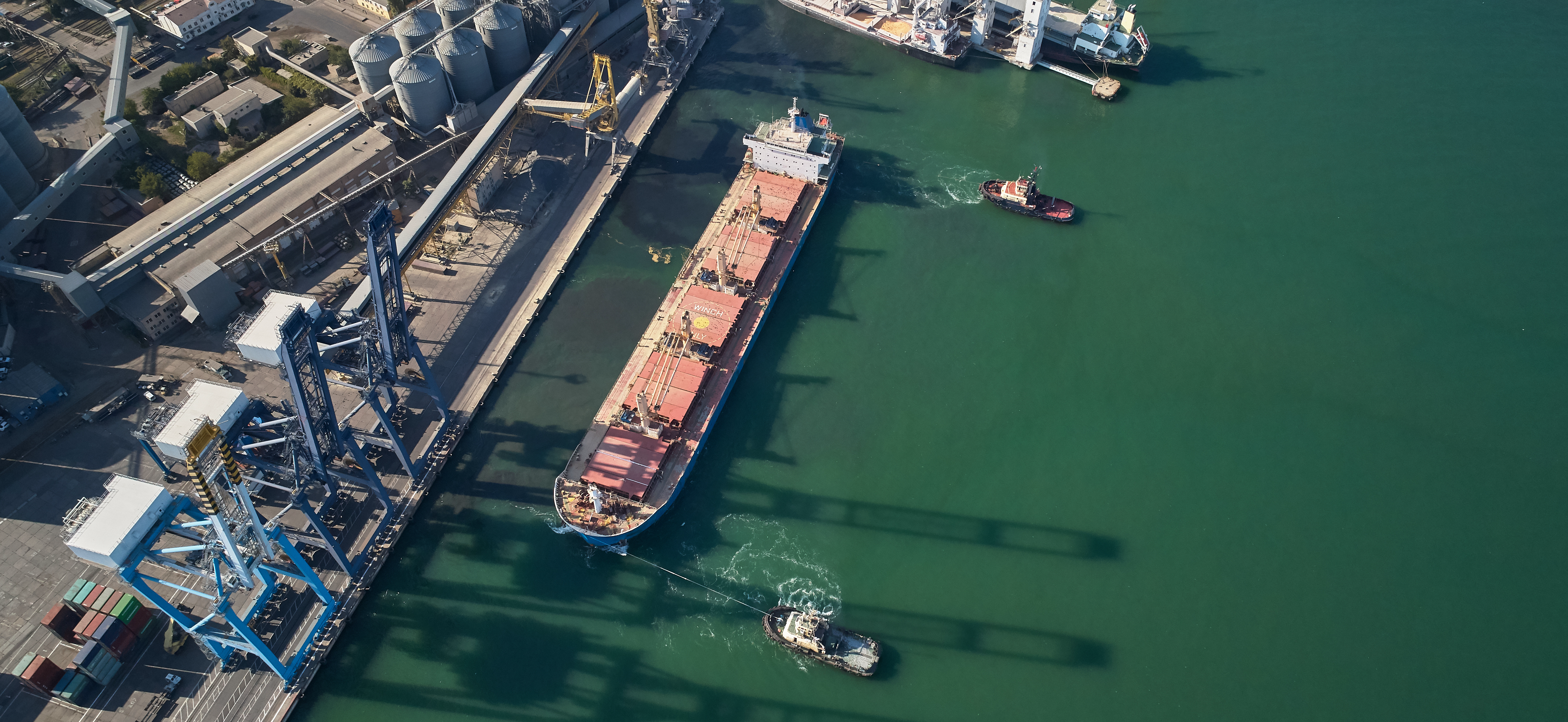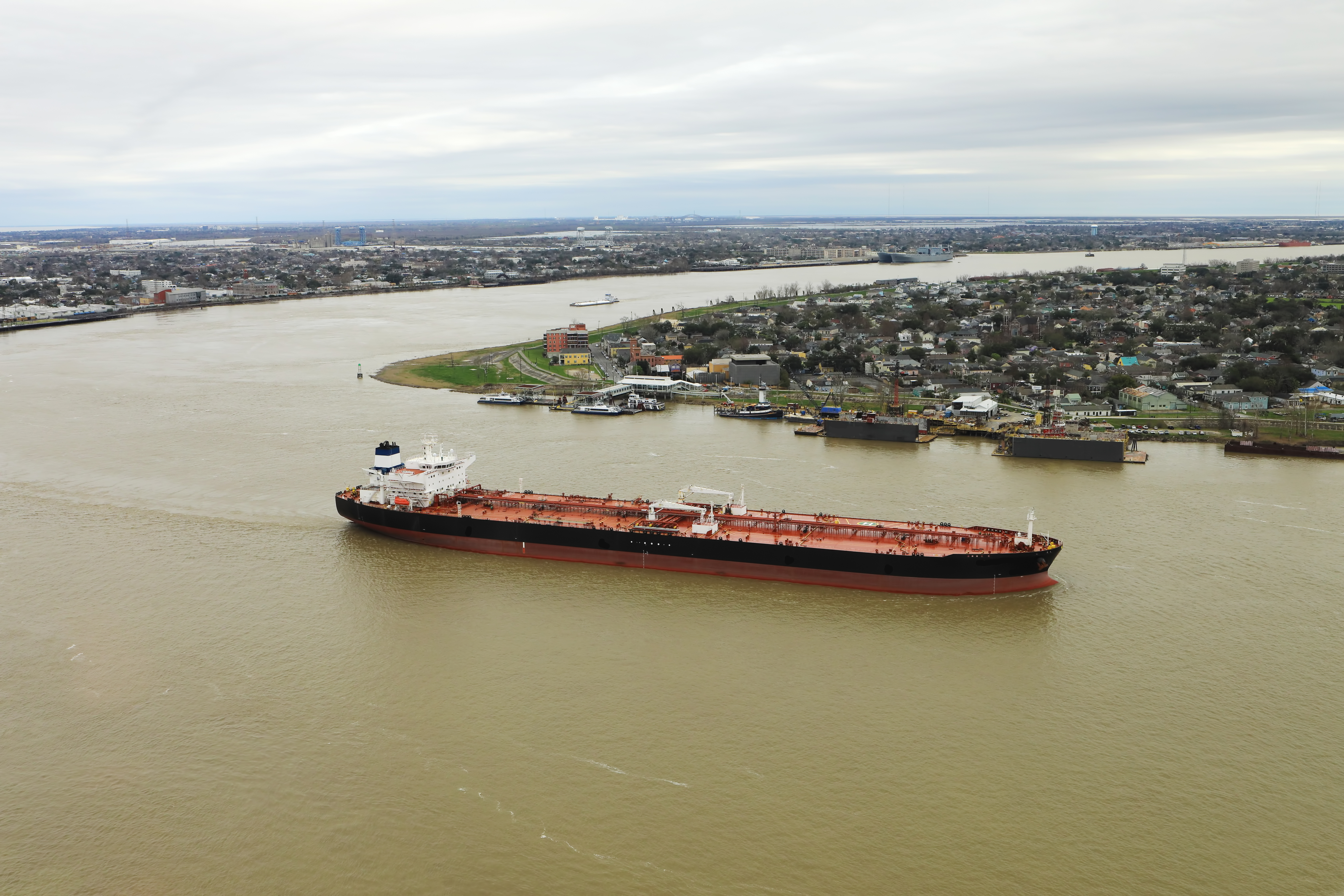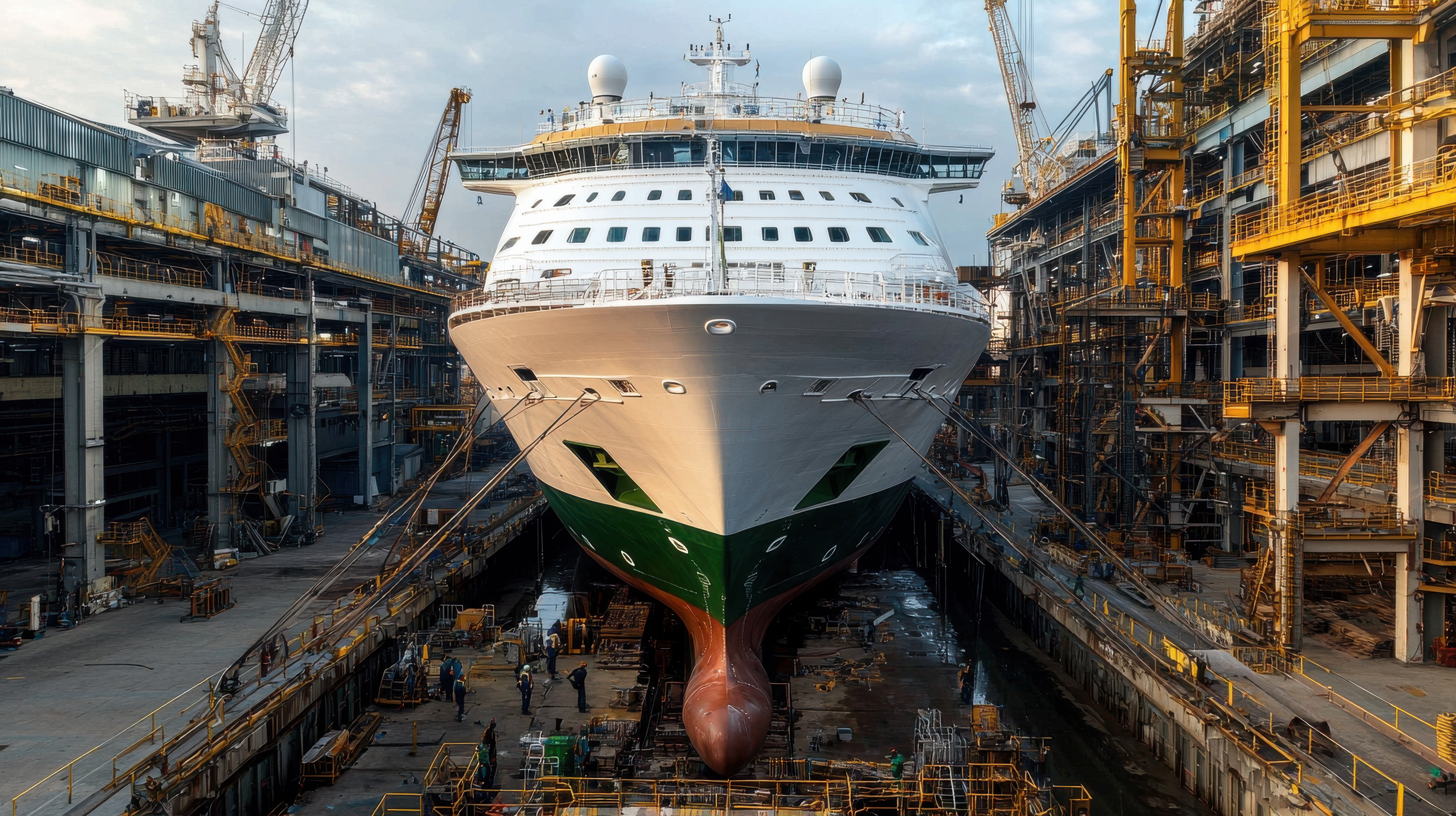
Container shipping demand is exceptionally high, especially on the transpacific and Asia-Europe trade routes. The demand for container shipping is so strong that reverberations are leading exporters to charter bulk carriers for carrying containers. The Club has received numerous queries regarding the carriage of containers in bulk carriers, and any potential cover issues.
As well as safety, statutory and classification considerations, Members must also carefully consider the position under contracts of carriage. Some standard form contracts of carriage may already be adequate but, in general (i) any contract of carriage relating to cargo carried on deck needs to specifically and clearly state that such cargo is to be carried on deck (and that it is in fact carried on deck) and (ii) it is usual for the Carrier to include a clause excluding all liability for goods carried on deck so that the risks lie with the Shipper.
Members should carefully assess the situation as regards contracts of carriage for deck cargo, being mindful of contractual defences and exclusions, and the requirements of Club cover. It may be necessary to take independent legal advice in this regard.
Key factors to take into account when considering carrying containers in a bulk carrier
Cargo securing
The Code of Safe Practice for Cargo Stowage and Securing (CSS Code) provides an international standard for the safe stowage and securing of cargoes to promote the safety of life both at sea, and during loading and discharge. Within appendix 1 of the CSS Code, some general guidance is provided for securing containers on non-cellular container vessels, and there is also a reference to the Cargo Securing Manual (CSM). A CSM prescribes how cargo on-board a ship should be stowed and secured and is required on vessels engaged in the carriage of all cargoes other than solid and liquid bulk cargoes. The CSM, when available, under the section "Non Standardised Cargo," should provide more detailed instructions on securing containers. In the event that such detailed instructions are not available, the CSM will need to be updated and approved to the satisfaction of Class and Flag State.
Ship's structure and strength analysis
The existing strength calculations for deck and hatch covers on modern bulk carriers usually only allow for ‘green sea’ loads instead of cargo weight. However, the allowable load density can be increased by reinforcements, subject to approval by the vessel's Class. Similarly, any tank top-loading needs to be specially considered and approved. Any point loading will need to be carefully analysed and placed, and this will depend on the arrangements of strengthening members below the deck/tank top.
Stability analysis
The vessel needs to comply with applicable stability and longitudinal strength criteria in the new containerised cargo loading condition, and the stability manuals will need to be updated/amended accordingly. The loading computer system might also need to be updated.
Firefighting capabilities
Dangerous goods must be carried following the International Maritime Dangerous Goods (IMDG) Code. Additional firefighting equipment may need to be placed on board for such cargoes.
Cargo care
Safe access to cargo for monitoring at sea and managing securing arrangements during loading and discharging, including the fitting of twist locks and lashing gear, will be necessary. Also, the crew might need to undertake specific tasks while taking care of cargo as per the shipper’s instructions. These operational matters and emergency response plans will need to be incorporated into the vessel’s safety management system.
To ensure that cover is not prejudiced, the Club must be notified of an owners’ intention to carry containers on a bulk carrier as soon as practicable.




